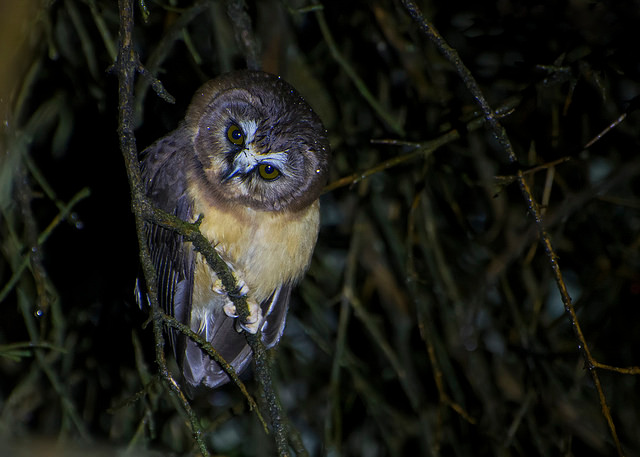Superregnum: Eukaryota
Regnum: Animalia
Subregnum: Eumetazoa
Cladus: Bilateria
Cladus: Nephrozoa
Superphylum: Deuterostomia
Phylum: Chordata
Cladus: Craniata
Subphylum: Vertebrata
Infraphylum: Gnathostomata
Superclassis: Tetrapoda
Cladus: Reptiliomorpha
Cladus: Amniota
Classis: Reptilia
Cladus: Eureptilia
Cladus: Romeriida
Subclassis: Diapsida
Cladus: Sauria
Infraclassis: Archosauromorpha
Cladus: Crurotarsi
Divisio: Archosauria
Subsectio: Ornithodira
Subtaxon: Dinosauromorpha
Cladus: Dinosauria
Ordo: Saurischia
Cladus: Eusaurischia
Cladus: Theropoda
Cladus: Neotheropoda
Infraclassis: Aves
Cladus: Euavialae
Cladus: Avebrevicauda
Cladus: Pygostylia
Cladus: Ornithothoraces
Cladus: Euornithes
Cladus: Ornithuromorpha
Cladus: Ornithurae
Cladus: Carinatae
Parvclassis: Neornithes
Cohors: Neognathae
Ordo: Strigiformes
Familia: Strigidae
Subfamilia: Surniinae
Genus: Aegolius
Species: Aegolius ridgwayi
Subspecies: A. r. ridgwayi - A. r. rostratus - A. r. tacanensis
Name
Aegolius ridgwayi (Alfaro, 1905)
References
Proceedings of the Biological Society of Washington. 18 p. 217
Vernacular names
čeština: Sýc panamský
Deutsch: Ridgwaykauz
English: Unspotted Saw-whet Owl
suomi: Ruskohelmipöllö
magyar: Ridway-bagoly
norsk: Kanelugle
The unspotted saw-whet owl (Aegolius ridgwayi) is a small owl. It is a resident breeder in the highlands of Central America from southern Mexico south to western Panama, mainly at altitudes above 2500 m. It has occasionally been considered conspecific with the northern saw-whet owl. There are currently no recognized subspecies.[2]
This nocturnal bird breeds in open mountain forests, in both the cloud forest and the higher oak woodland, laying its eggs in a tree hole. It hunts rodents, shrews and other small mammals as its main prey, but will also feed on birds, bats and insects.
The unspotted saw-whet owl is a small, dumpy, short-tailed and broad-winged owl, approximately 18 cm long and weighing approximately 80 g. It is dark brown above with white markings on the wings. The underparts are unstreaked buff, becoming darker on the upper chest and facial disc. The head is large, with yellow eyes and a white-edged facial disc. The flight is fluttery and agile.
The voice of the unspotted saw-whet owl is a series of rhythmic toots. Reports of this owl at lower altitudes are invariably due to the extremely similar call of an Anotheca tree frog.
The scientific species name is for the American ornithologist Robert Ridgway.
References
BirdLife International (2016). "Aegolius ridgwayi". IUCN Red List of Threatened Species. 2016: e.T22689371A93228935. doi:10.2305/IUCN.UK.2016-3.RLTS.T22689371A93228935.en. Retrieved 12 November 2021.
"Aegolius ridgwayi". Integrated Taxonomic Information System. Retrieved 5 April 2011.
Stiles and Skutch A guide to the birds of Costa Rica ISBN 0-8014-9600-4
Retrieved from "http://en.wikipedia.org/"
All text is available under the terms of the GNU Free Documentation License


